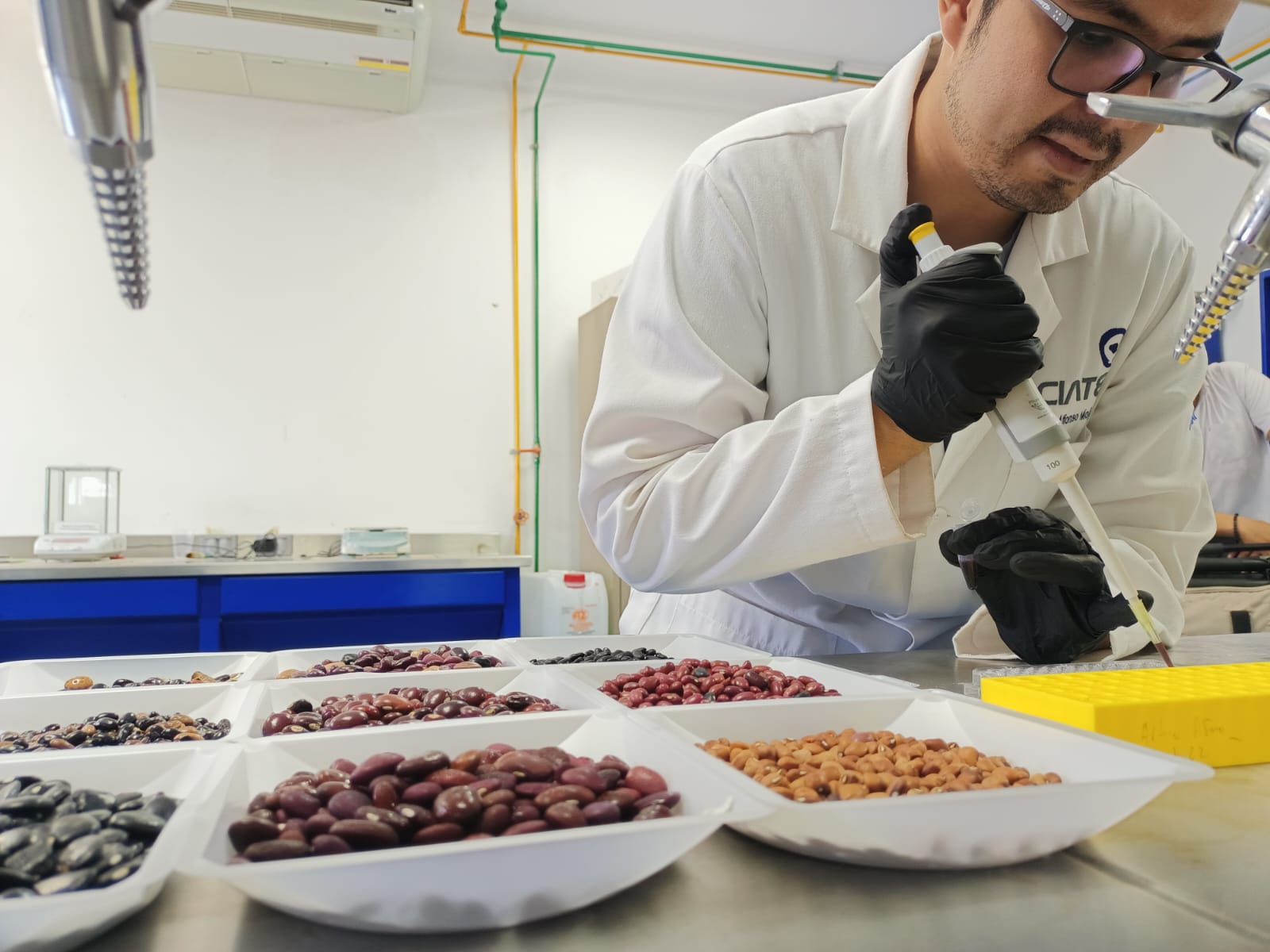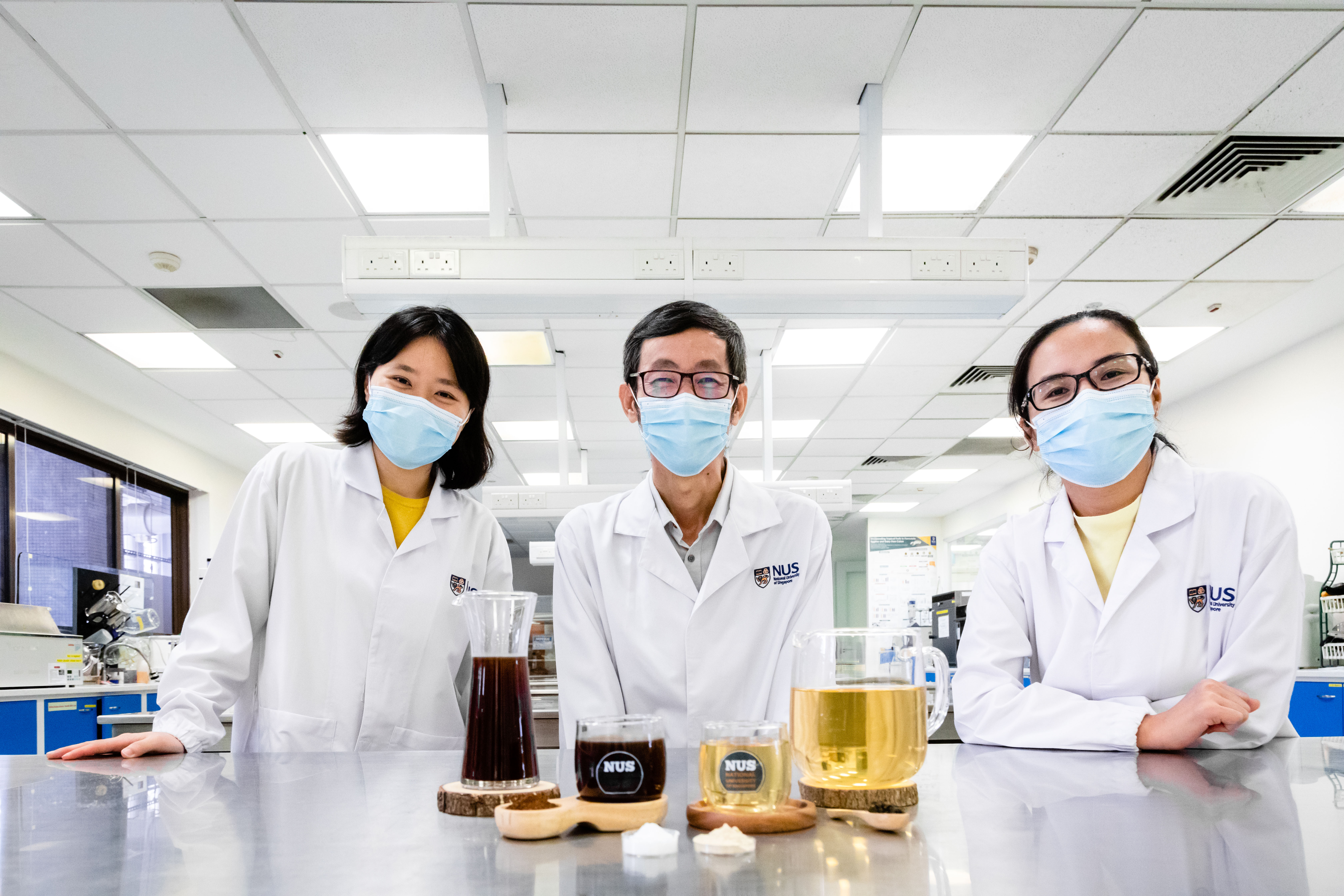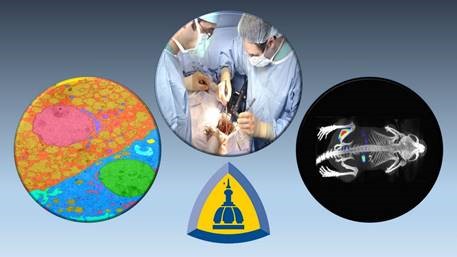A research team has conducted a comprehensive study on the effects of various sterilization methods on the quality of Aronia melanocarpa juice (AMJ).
Tag: Antioxidant
Plants of the Kaliningrad region turned out to be rich in antioxidants and antimicrobials
Scientists from the Immanuel Kant Baltic Federal University stated that the biological activity of extracts of four plants that growing in the Kaliningrad region is provided by phenolic compounds — aromatic alcohols. These substances provide antioxidant and antimicrobic properties to Aesculus hippocastanum, Melilotus officinalis, Eryngium maritimum, and Hedysarum neglectum.
Carbon Dioxide, the Main Culprit of Global Warming, Reborn as an Antioxidant Substance
The Korea Institute of Energy Research develops a process to convert carbon dioxide into the antioxidant carotenoids using microorganisms. By using a carbon dioxide absorbent, the problem of low solubility is resolved, and the productivity of high-value substances is also improved. Published in the world-renowned journal in the field of chemistry, ‘ChemSusChem
RUDN University Doctors Improved Antioxidant Response in Diabetics and Hypertensive Patients
RUDN University doctors studied what happens to oxidative and antioxidant processes in the heart during diabetes and hypertension. The work provides insight into the relationship between these processes at the molecular level and outlines possible therapeutic targets.

Unique Mexican black and pinto bean varieties are high in healthy compounds
A study from the University of Illinois Urbana-Champaign and CIATEJ in Guadalajara, Mexico, explored the composition of seed coat extracts from black and pinto bean varieties unique to the Chiapas region of Southern Mexico.
Study: Antioxidant Flavonols Linked to Slower Memory Decline
People who eat or drink more foods with antioxidant flavonols, which are found in several fruits and vegetables as well as tea and wine, may have a slower rate of memory decline, according to a study published in the November 22, 2022, online issue of Neurology®, the medical journal of the American Academy of Neurology.
Mangosteen Peel as Medicine – CU’s Faculty of Veterinary Science is Successful in Replicating Mangosteen Peel Extract! Treatment for Intestinal Inflammation in Humans and Animals
The Faculty of Veterinary Science, Chulalongkorn University has researched and replicated “hydroxy-xanthones”, the vital extracts rich in antioxidants found in mangosteen peels that kill germs and halt infections in the intestinal mucosa. It hopes to expand to include health products for humans and animals in the future.
Researchers Identify Potential Target for Treating Autoimmune Diseases
New research using a mouse model for multiple sclerosis has uncovered a potential new area to explore for possible treatments for autoimmune disorders.
Higher Antioxidant Levels Linked to Lower Dementia Risk
People with higher levels of antioxidants in their blood may be less likely to develop dementia, according to a study published in the May 4, 2022, online issue of Neurology®, the medical journal of the American Academy of Neurology.
MitoQ Antioxidant Prevents Sepsis-induced Diaphragm Weakness in Mice
Article title: Mitoquinone mesylate (MitoQ) prevents sepsis-induced diaphragm dysfunction Authors: Gerald S. Supinski, Elizabeth A. Schroder, Lin Wang, Andrew J. Morris, Leigh Ann P. Callahan From the authors: “This is the first study to show that mitoquinone mesylate (MitoQ), a…
Turning Hazelnut Shells into Potential Renewable Energy Source
In Journal for Renewable and Sustainable Energy, researchers share their work on the physicochemical properties and antioxidant activity of wood vinegar and tar fraction in bio-oil produced from hazelnut shells pyrolysis at 400 degrees Celsius to 1,000 C. The researchers found the wood vinegar and tar left over after burning the shells contained the most phenolic substances, which laid a foundation for the subsequent research on antioxidant properties.
A New Pet Health Care Trend – Slow Aging with Antioxidants
Chula Veterinary Science recommends how to care for your pets and prolong their lives with antioxidant dietary supplements to help slow down aging and enhance good health in their old age.
A New Pet Health Care Trend – Slow Aging with Antioxidants
Chula Veterinary Science recommends how to care for your pets and prolong their lives with antioxidant dietary supplements to help slow down aging and enhance good health in their old age.

Muscle Protein That Makes Vertebrates More Fit Linked to Limited Lifespan
Researchers from Johns Hopkins Medicine say they have added to evidence that a protein called CaMKII improves strength, endurance, muscle health and fitness in young animals. Their experiments working with mice and fruit flies, however, found that the gene for CaMKII also contributes to an evolutionary tradeoff: increased susceptibility to age-associated diseases, frailty and mortality.
A New Beverage with “Blue Pea Flower and Banana Stem Extract” to Reduce the Risk of Urinary Stone Formation — Another Medical Innovation from MED – CU
Drinking too little water each day increases the risk of urinary stones. Recently, the Faculty of Medicine, Chulalongkorn University has successfully developed a concentrated beverage from blue pea flowers and banana stems to reduce the risk of urinary stones formation.
Dendrobium Signatum and Egg Magnolia – Ultimate Extracts for Skincare. Chula Researchers Champion Thai Herbs to Revive the Thai Economy
Chula Faculty of Science has found new antioxidant and anti-inflammatory substances from Dendrobium signatum and Egg Magnolia extracts and aims to expand on its economic potential as a natural beauty product.

NUS researchers concoct probiotic coffee and tea drinks
Good news for those who need a cuppa to start the day. Food scientists from the National University of Singapore have created new probiotic coffee and tea drinks that are packed with over 1 billion units of gut-friendly live probiotics. These non-dairy and plant-based beverages can be stored chilled or at room temperature for more than 14 weeks.

Research News Tip Sheet: Story Ideas from Johns Hopkins Medicine
During the COVID-19 pandemic, Johns Hopkins Medicine Media Relations is focused on disseminating current, accurate and useful information to the public via the media. As part of that effort, we are distributing our “COVID-19 Tip Sheet: Story Ideas from Johns Hopkins” every other Tuesday.
Sleep, Death and … the Gut?
A new study finds in sleep-deprived fruit flies, premature death is always preceded by the accumulation of reactive oxidative species in the gut. Antioxidant compounds that neutralize ROS allow sleep-deprived flies to have normal lifespans.
Using chemistry to unlock the difference between cold- and hot-brew coffee (video)
Scientists report that the content of potentially health-promoting antioxidants in coffee brewed without heat can differ significantly from a cup of joe prepared the traditional way, particularly for dark roasts.
ANTIOXIDANT REVERSES BPA-INDUCED FERTILITY DAMAGE IN WORMS
At a glance: Treatment with a naturally occurring antioxidant, CoQ10, restores many aspects of fertility in C. elegans worms following exposure to BPA. Findings offer possible path toward undoing BPA-induced reproductive harms in people. Although CoQ10 is available over the counter, it is not yet clear whether the compound could improve human fertility or do so safely.